INFRASTRUCTURE
Top executives of power companies review progress of India Energy Stack
- IBJ Bureau
- Nov 26, 2025
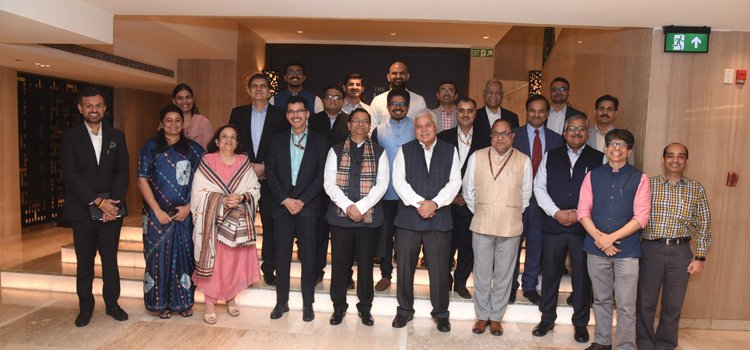
The Union Ministry of Power had convened a meeting of the India Energy Stack (IES) Taskforce recently to accelerate the development of the nation’s Digital Public Infrastructure (DPI) for the power sector.
The IES Taskforce initiative, which is envisioned as the unified, secure and interoperable digital backbone for the entire energy value chain, is being advanced with REC as the nodal agency and FSR Global as the knowledge partner.
The focus of the meeting was the collective review and strategic discussion on the two core foundational elements of the initiative: the draft IES Strategy Document (version 0.1) and the IES Architecture Document (version 0.1).
The taskforce – comprising domain experts from technology, power sector and regulatory bodies – engaged in an in-depth roundtable discussion following the presentations of the documents. The objective of the dialogue was to capture high-level strategic guidance from all members.
The meeting was attended by Taskforce Chairman Ram Sewak Sharma (former DG of UIDAI); Chief Architect Pramod Verma (Co-Founder of FIDE and former Chief Architect, Aadhaar), Jitendra Srivastava, the CMD of REC, and other top executives of the Power Ministry, among others.
“Today’s meeting is a pivotal milestone in our shared national ambition to create a unified, open and future-ready digital backbone for India’s entire energy sector. The IES Strategy and Architecture documents are vital frameworks that will be enriched by the collective wisdom and guidance of our esteemed Taskforce members. The inputs received will help consolidate the framework and shape the pathway towards refinement and the pilot phase,” REC CMD Jitendra Srivastava said, addressing the meeting.
The India Energy Stack, defined as a DPI, aims to identify and connect stakeholders and assets and facilitate open data exchange through uniform specifications and standards, thereby unlocking transparent, reliable, inclusive, efficient and affordable energy access. By establishing common digital protocols, open APIs and federated registries, IES will bridge existing silos, enable real-time data exchange and foster innovation, ultimately unlocking operational efficiency for DISCOMs, accelerating the integration of renewable energy, supporting green energy markets and delivering consumer-centric power services.



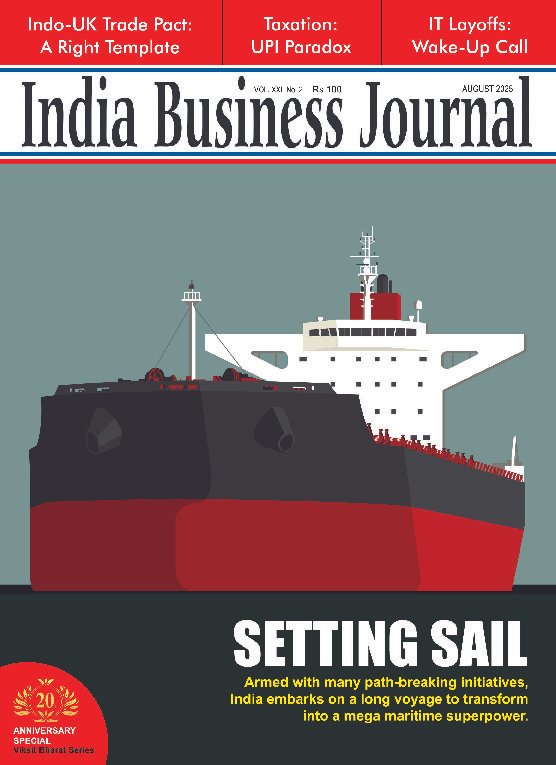







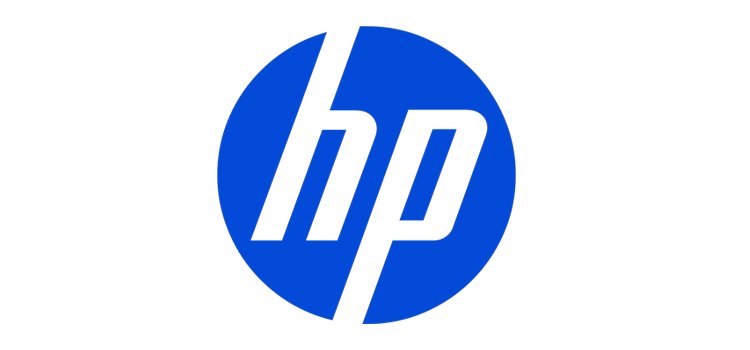


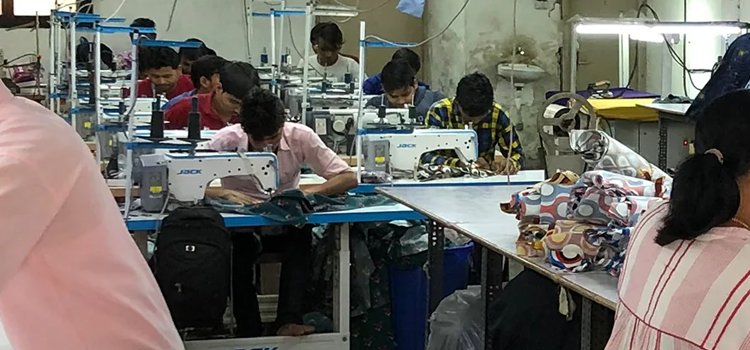
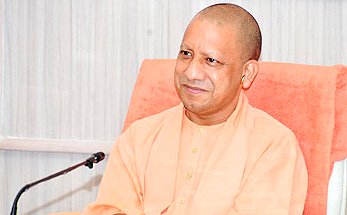



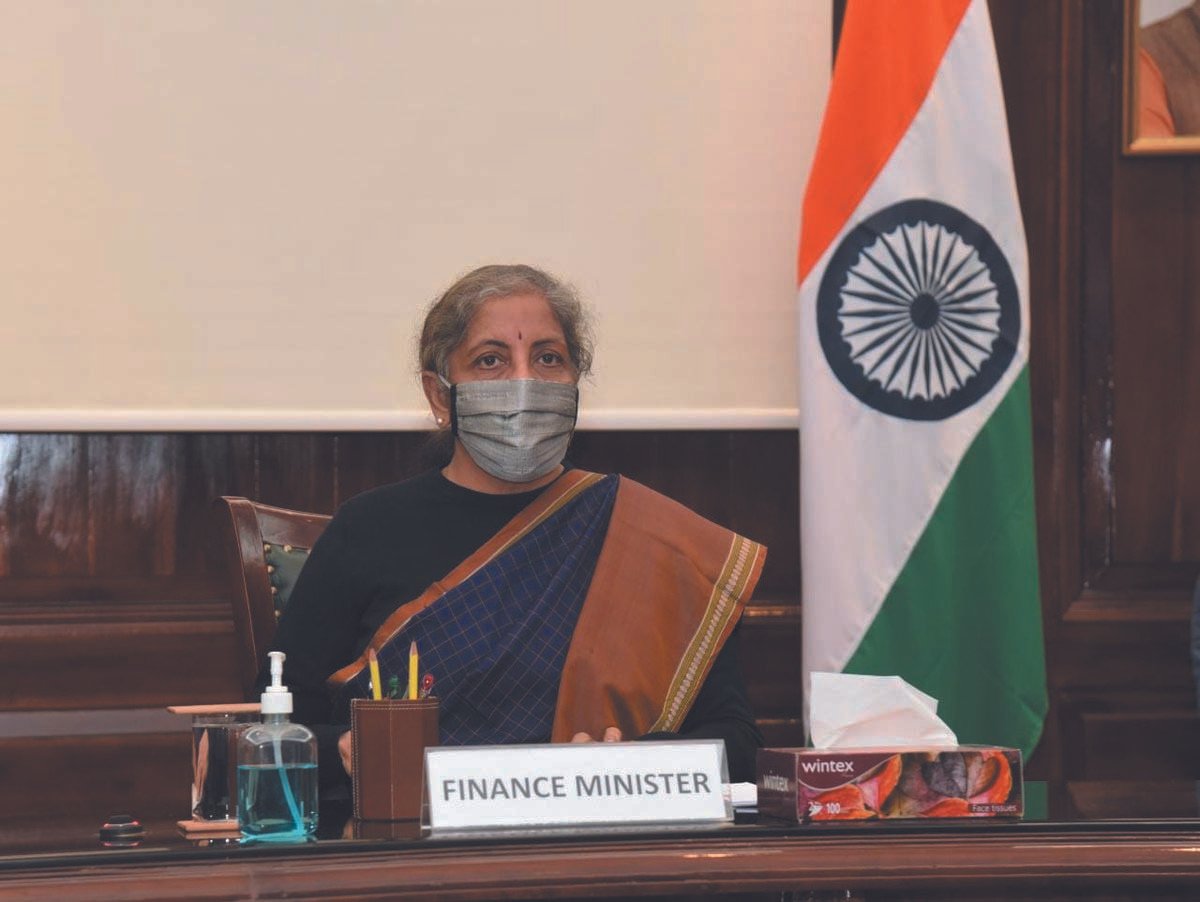
Report By
View Reporter News